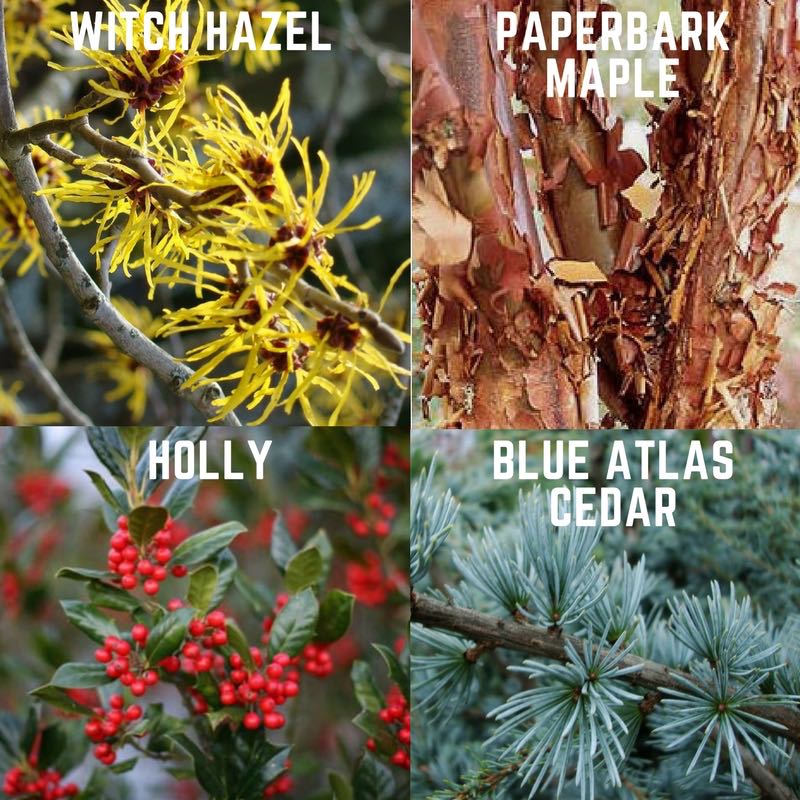
As the new year rolls around, many people make personal resolutions. While our yards are rarely the first place we think of when planning these goals, there are numerous ways our trees can benefit from a little attention throughout the year. Take a look at your landscape and consider what might need changing. Are there any hazards? Broken limbs that could cause damage? Insect or disease problems in suffering trees? Maybe you have a dead tree that needs to be removed or you’d like to add trees to your landscape.
Whatever plans you have for your trees, we can help.
Plant Health Care
When you sign up for our Plant Health Care Program, you are signing up to prevent and manage pests and diseases that can reduce the health of your trees. We will inspect your trees and treat them only as needed. We understand that a landscape is an investment and our goal is to protect your investment from pests and diseases.
Tree Planting
Tree health and longevity of life starts with selecting the right tree for your space. We can help you select the right tree, will ensure your new tree is planted at the proper depth, and in the best location on your landscape.
Tree Pruning
Pruning is essential to maintaining the health of your trees. Whether you need the canopy raised, deadwood removed, or prune for a more stable structure, our pruning crew can help you reach your goals.
Tree Removals
Removing a tree is never our goal, but it is sometimes necessary. Whether you have a dead tree or a tree that is hazardous, give us a call for a free estimate today.
Our Top Picks for Winter Trees

When you think of a beautiful landscape, I’m sure the picture that comes to mind is colorful flowers neatly planted in flower beds, a manicured, green lawn, and healthy, leafy green trees. This picture is a great one for the growing season, but a well-designed landscape doesn’t just focus on one season. Landscape designers often look for plants and trees that will add visual interest throughout the year, even in winter. In this section of our newsletter, we will discuss just a few great trees for year-round interest.
- Witch Hazel– The witch hazel tree is a unique, small tree that can also be grown as a shrub. Although it is deciduous (loses its leaves in the dormant season), its bright yellow, fragrant flowers bloom from late October through December. While much of the landscape may look bland or bare, this is a great selection for a pop of color in the dormant months.
- Paperbark Maple-Another deciduous tree, however, this tree’s leaves are not the most appealing part. As the name suggests, the bark is the most interesting part of this tree. A copper colored trunk is revealed when the thin layers of the bark exfoliate or peel off the trunk. This tree is a show-stopper even when its leaves have fallen.
- Holly ‘Nellie R Stevens’– The Holly tree is an iconic tree for winter. These are great trees in the landscape as a privacy screen or a specimen tree. They are a broadleaf evergreen with vibrant red berries. The ‘Nellie R Stevens’ variety has great berry production. This tree will add great color to your landscape year-round.
- Blue Atlas Cedar ‘Horstmann’– This evergreen has a light bluish-green color that will pop in your landscape. A great replacement for the Blue Spruce that is often burdened by Needlecast Disease, the Blue Atlas Cedar is a disease resistant and low maintenance tree. We highly recommend these beautiful evergreens as an addition to many landscapes.
These are just a few examples of great trees with winter interest. If you’d like more recommendations or more information about these trees, give us a call today.

It’s no question that these harsh, cold months can cause problems to our trees. Here, we will discuss those hazards and how to best protect your trees from them.
Salt is often used to melt away snow and ice on our streets and sidewalks. When the salt finds its way off the pavement and into our yards, the salt content of the soil increases. A higher salt content in the soil makes it harder for trees to take up water. Trees with salt damage may show burned leaves or needles, browning, or dead foliage. To protect your trees, try to limit the amount of de-icing salt you use or use it on your driveways after they have been shoveled, keeping it on the pavement. When the temperatures rise, it is a good idea to spray off your sidewalks with fresh water.
Trees can face drought in the winter. When the ground is frozen, it is hard for the roots to take up water. Trees can still be watered in the winter months as long as the ground is not frozen. A mulch ring is also very beneficial to your tree by acting as a temperature buffer to the roots and retaining moisture in the soil.
If you’ve been around Springfield, Missouri for several years, you can remember the ice storms we all had to endure. Many of our trees did not make it through the winter. The weight of the ice was too much for many branches, and trees were broken beyond repair. Was there anything that could have prevented such damage? Much of the damage could have been avoided if proactive maintenance pruning was done on these trees. Pruning away unnecessary weight and broken limbs, while also creating a stronger structure in your tree can reduce the risk of damage in serious storms and the weight of ice.
Frost cracks can occur on the trunk of a tree when there are extreme fluctuations in the temperature, causing the wood to shrink and expand, eventually cracking. This is a more common occurrence in thin-barked trees. Once the crack occurs, it cannot but reversed but the wound will begin to seal over and is not usually a serious problem. If you have a thin-barked tree you are concerned about, call your arborist to ask about wrapping the trunk during the winter months.
As you can see, there are many problems our trees can face in the winter and they need care all year long. Contact us today to discuss the needs of your trees this winter.

